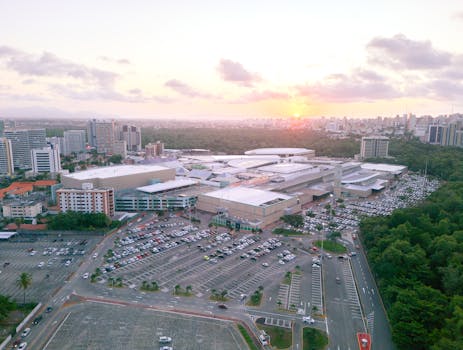
Urban Green Spaces: The Future of Outdoor Living in European Cities by 2025
Introduction to Urban Green Spaces
Urban Green Spaces are becoming a vital component of city planning, promoting health, well-being, and environmental sustainability. European cities are transforming their outdoor spaces to create sustainable and livable environments. The focus on Urban Green Spaces is increasing, and by 2025, these spaces will play a crucial role in shaping the future of outdoor living in European cities.
The Importance of Urban Green Spaces
Urban green spaces offer numerous benefits, including improved air quality, reduced noise pollution, and enhanced biodiversity. These spaces also provide opportunities for physical activity, social interaction, and mental relaxation, contributing to the overall well-being of urban residents. Furthermore, urban green spaces help mitigate the urban heat island effect, reducing the risk of heat-related illnesses and improving the quality of life for city dwellers.
Examples of Urban Green Spaces in European Cities
Many European cities are already investing in urban green spaces, creating innovative and sustainable outdoor environments. For example, Barcelona’s Superblock program has transformed the city’s streets into pedestrian-friendly green spaces, reducing traffic congestion and promoting sustainable transportation. Similarly, Copenhagen’s Harbour Bath has created a unique urban beach, providing a recreational space for residents and visitors while also improving water quality and biodiversity.
Challenges and Opportunities
Despite the benefits of urban green spaces, there are challenges to be addressed, including limited funding, lack of space, and conflicting land-use priorities. However, these challenges also present opportunities for innovation and creativity. For example, green roofs and walls can be used to create additional green spaces, while community-led initiatives can help engage residents in the planning and maintenance of urban green spaces.
Conclusion
In conclusion, urban green spaces are the future of outdoor living in European cities. By 2025, these spaces will play a vital role in promoting sustainability, health, and well-being in urban environments. As cities continue to evolve and grow, it is essential to prioritize the creation and maintenance of urban green spaces, ensuring that they remain a vital component of city planning and a source of enjoyment for generations to come.






